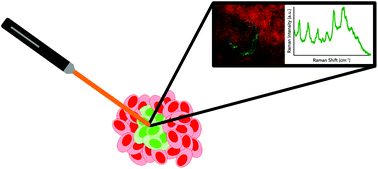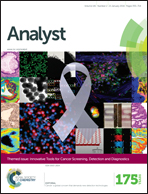Raman technologies in cancer diagnostics
Abstract
Despite significant effort, cancer still remains a leading cause of death worldwide. In order to reduce its burden, the development and improvement of noninvasive strategies for early detection and diagnosis of cancer are urgently needed. Raman spectroscopy, an optical technique that relies on inelastic light scattering arising from molecular vibrations, is one such strategy, as it can noninvasively probe cancerous markers using only endogenous contrast. In this review, spontaneous, coherent and surface enhanced Raman spectroscopies and imaging, as well as the fundamental principles governing the successful use of these techniques, are discussed. Methods for spectral data analysis are also highlighted. Utilization of the discussed Raman techniques for the detection and diagnosis of cancer in vitro, ex vivo and in vivo is described. The review concludes with a discussion of the future directions of Raman technologies, with particular emphasis on their clinical translation.

- This article is part of the themed collections: Clinical spectroscopy and Innovative Tools for Cancer Screening, Detection and Diagnostics

 Please wait while we load your content...
Please wait while we load your content...